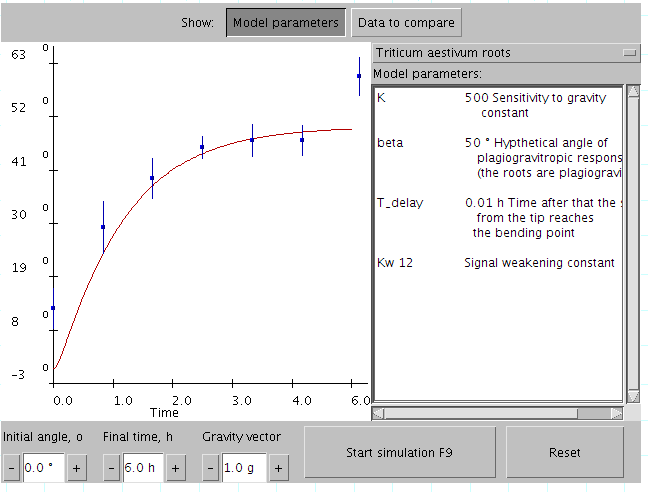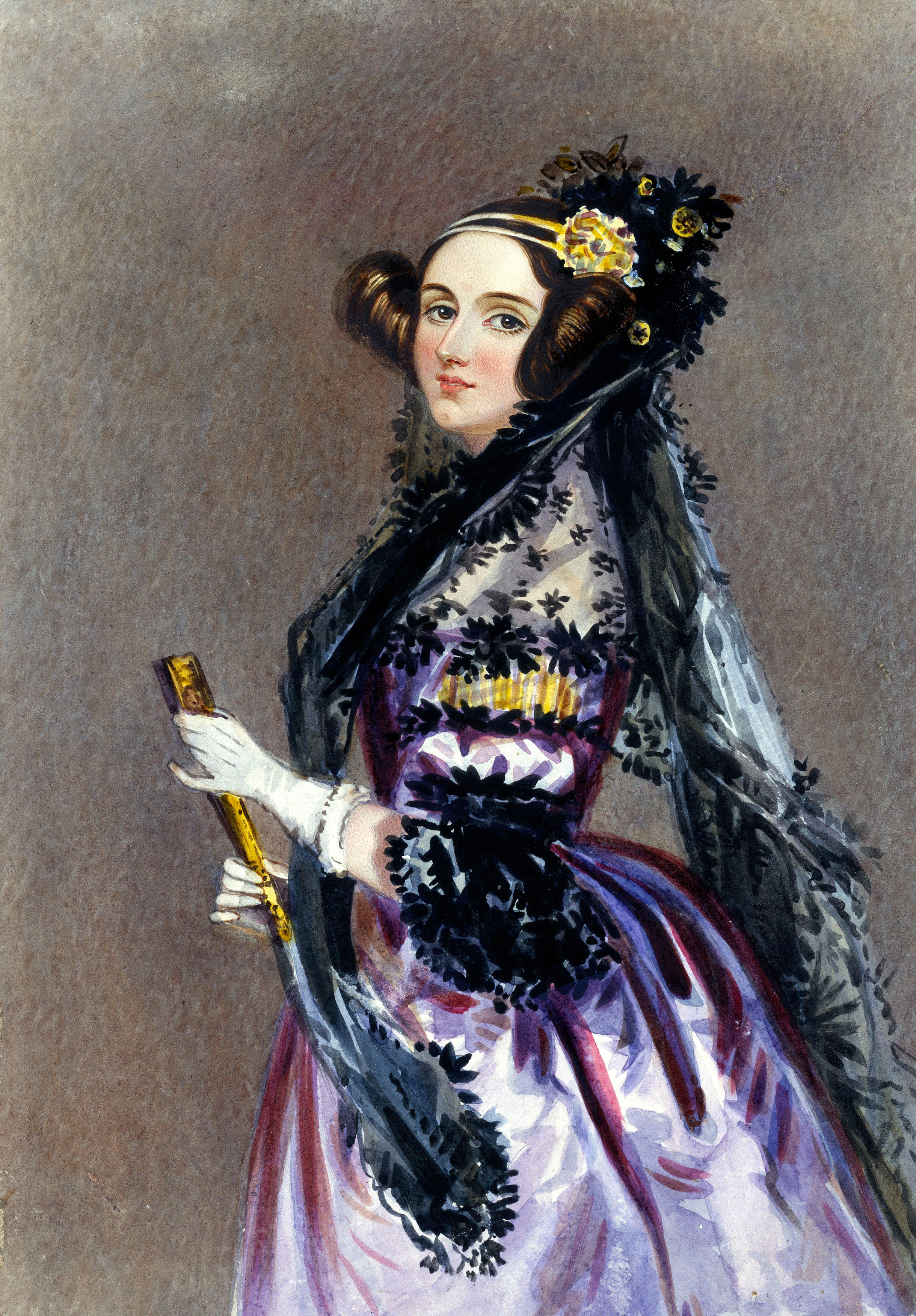|
Bump Mapping
Bump mapping is a texture mapping technique in computer graphics for simulating bumps and wrinkles on the surface of an object. This is achieved by perturbing the surface normals of the object and using the perturbed normal during lighting calculations. The result is an apparently bumpy surface rather than a smooth surface, although the surface of the underlying object is not changed. Bump mapping was introduced by James Blinn in 1978.Blinn, James F"Simulation of Wrinkled Surfaces" Computer Graphics, Vol. 12 (3), pp. 286-292 SIGGRAPH-ACM (August 1978) Normal mapping is the most common variation of bump mapping used. Principles Bump mapping is a technique in computer graphics to make a rendered surface look more realistic by simulating small displacements of the surface. However, unlike displacement mapping, the surface geometry is not modified. Instead only the surface normal is modified as if the surface had been displaced. The modified surface normal is then used for li ... [...More Info...] [...Related Items...] OR: [Wikipedia] [Google] [Baidu] |
Pixel
In digital imaging, a pixel (abbreviated px), pel, or picture element is the smallest addressable element in a Raster graphics, raster image, or the smallest addressable element in a dot matrix display device. In most digital display devices, pixels are the smallest element that can be manipulated through software. Each pixel is a Sampling (signal processing), sample of an original image; more samples typically provide more accurate representations of the original. The Intensity (physics), intensity of each pixel is variable. In color imaging systems, a color is typically represented by three or four component intensities such as RGB color model, red, green, and blue, or CMYK color model, cyan, magenta, yellow, and black. In some contexts (such as descriptions of camera sensors), ''pixel'' refers to a single scalar element of a multi-component representation (called a ''photosite'' in the camera sensor context, although ''wikt:sensel, sensel'' is sometimes used), while in yet ... [...More Info...] [...Related Items...] OR: [Wikipedia] [Google] [Baidu] |
Demo Effects
Demo, usually short for demonstration, may refer to: Music and film *Demo (music), a song typically recorded for reference rather than for release * ''Demo'' (Behind Crimson Eyes), a 2004 recording by the band Behind Crimson Eyes * ''Demo'' (Deafheaven album), a 2010 EP by Deafheaven * ''Demo'' (The Flatliners album), a 2002 album by the band The Flatliners * ''Demo'' (Miss May I album), a 2008 recording by the metalcore band Miss May I *"Demo", a 1990 single by Die Krupps * "Demo" (P-Model song), a 1979 recording by songwriters Susumu Hirasawa and Yasumi Tanaka *'' Demo (Skinless)'', a 1994 recording by the band Skinless * ''Demo 2004'' (Year of No Light album), a 2004 recording by Year of No Light *'' Demo #2'', an unreleased recording by Neutral Milk Hotel *''Demo'', 2008 debut EP by Yuna Computing and technology * Demo (computer programming), a multimedia spectacle of programming skill * The Demo, a computer demonstration in 1968, sometimes called "the mother of all demos" ... [...More Info...] [...Related Items...] OR: [Wikipedia] [Google] [Baidu] |
Java Applet
Java applets were applet, small applications written in the Java (programming language), Java programming language, or another programming language that Compiled language, compiles to Java bytecode, and delivered to users in the form of Java bytecode. At the time of their introduction, the intended use was for the user to launch the applet from a web page, and for the applet to then execute within a Java virtual machine (JVM) in a Process (computing), process separate from the web browser itself. A Java applet could appear in a frame of the web page, a new application window, a program from Sun Microsystems, Sun called appletviewer, or a stand-alone tool for testing applets. Java applets were introduced in the first version of the Java language, which was released in 1995. Beginning in 2013, major web browsers began to phase out support for NPAPI#Support/deprecation, NPAPI, the underlying technology applets used to run. with applets becoming completely unable to be run by ... [...More Info...] [...Related Items...] OR: [Wikipedia] [Google] [Baidu] |
Greeble
Greebles, also called greeblies (singular: greebly) or nurnies, are small relief details used to give visual complexity to a model. The act of decorating a model with greebles is known as greebling. While greebling originated as a technique in filmmaking, it is commonly used in model-making, toy design, and kitbashing. The term "greeblies" was coined by George Lucas in the 1970s to describe details on model ships used in the production of ''Star Wars (film), Star Wars''. Ron Thornton (visual effects designer), Ron Thornton is credited with coining the term "nurnies" to refer to CGI technical detail that his company Foundation Imaging produced for the ''Babylon 5'' series, while the model-making team of ''2001: A Space Odyssey (film), 2001: A Space Odyssey'' referred to them as "wiggets". In science-fiction model design, greebles are used to imply mechanical function without necessarily having any real purpose. They may also serve to create an illusion of scale. In the production ... [...More Info...] [...Related Items...] OR: [Wikipedia] [Google] [Baidu] |
Offset Surface
A parallel of a curve is the envelope of a family of congruent circles centered on the curve. It generalises the concept of '' parallel (straight) lines''. It can also be defined as a curve whose points are at a constant '' normal distance'' from a given curve. These two definitions are not entirely equivalent as the latter assumes smoothness, whereas the former does not. In computer-aided design the preferred term for a parallel curve is offset curve. (In other geometric contexts, the term offset can also refer to translation.) Offset curves are important, for example, in numerically controlled machining, where they describe, for example, the shape of the cut made by a round cutting tool of a two-axis machine. The shape of the cut is offset from the trajectory of the cutter by a constant distance in the direction normal to the cutter trajectory at every point. In the area of 2D computer graphics known as vector graphics, the (approximate) computation of parallel curves i ... [...More Info...] [...Related Items...] OR: [Wikipedia] [Google] [Baidu] |
Distance Field
A distance transform, also known as distance map or distance field, is a derived representation of a digital image. The choice of the term depends on the point of view on the object in question: whether the initial image is transformed into another representation, or it is simply endowed with an additional map or field. Distance fields can also be signed, in the case where it is important to distinguish whether the point is inside or outside of the shape. The map labels each pixel of the image with the distance to the nearest ''obstacle pixel''. A most common type of obstacle pixel is a ''boundary pixel'' in a binary image. See the image for an example of a Chebyshev distance transform on a binary image. Usually the transform/map is qualified with the chosen metric. For example, one may speak of Manhattan distance transform, if the underlying metric is Manhattan distance. Common metrics are: * Euclidean distance * Taxicab geometry, also known as ''City block distance'' or ''Man ... [...More Info...] [...Related Items...] OR: [Wikipedia] [Google] [Baidu] |
Demo Effect
The demo effect is a name for computer-based real-time visual effects found in demos created by the demoscene. The main purpose of demo effects in demos is to show off the skills of the programmer. Because of this, demo coders have often attempted to create new effects whose technical basis cannot be easily figured out by fellow programmers. Sometimes, particularly in the case of severely limited platforms such as the Commodore 64, a demo effect may make the target machine do things that are supposedly beyond its capabilities. The ability to creatively overcome major technical limitations is greatly appreciated among demosceners. Modern demos are not as focused on effects as the demos of the 1980s and 1990s. Effects are rarely stand-alone content elements anymore, and their role in programmer showcase has diminished, particularly in PC demos. As for today, PC demosceners are more likely to demonstrate their programming skills with procedural content generation or 3D engine fe ... [...More Info...] [...Related Items...] OR: [Wikipedia] [Google] [Baidu] |
Lookup Table
In computer science, a lookup table (LUT) is an array data structure, array that replaces runtime (program lifecycle phase), runtime computation of a mathematical function (mathematics), function with a simpler array indexing operation, in a process termed as ''direct addressing''. The savings in processing time can be significant, because retrieving a value from memory is often faster than carrying out an "expensive" computation or input/output operation. The tables may be precomputation, precalculated and stored in static memory allocation, static program storage, calculated (or prefetcher, "pre-fetched") as part of a program's initialization phase (''memoization''), or even stored in hardware in application-specific platforms. Lookup tables are also used extensively to validate input values by matching against a list of valid (or invalid) items in an array and, in some programming languages, may include pointer functions (or offsets to labels) to process the matching input. Fiel ... [...More Info...] [...Related Items...] OR: [Wikipedia] [Google] [Baidu] |
Programmers
A programmer, computer programmer or coder is an author of computer source code someone with skill in computer programming. The professional titles ''software developer'' and ''software engineer'' are used for jobs that require a programmer. Identification Sometimes a programmer or job position is identified by the language used or target platform. For example, assembly programmer, web developer. Job title The job titles that include programming tasks have differing connotations across the computer industry and to different individuals. The following are notable descriptions. A ''software developer'' primarily implements software based on specifications and fixes bugs. Other duties may include reviewing code changes and testing. To achieve the required skills for the job, they might obtain a computer science or associate degree, attend a programming boot camp or be self-taught. A ''software engineer'' usually is responsible for the same tasks as a develop ... [...More Info...] [...Related Items...] OR: [Wikipedia] [Google] [Baidu] |
Realtime 3D Graphics
Real-time computer graphics or real-time rendering is the sub-field of computer graphics focused on producing and analyzing images in real time. The term can refer to anything from rendering an application's graphical user interface (GUI) to real-time image analysis, but is most often used in reference to interactive 3D computer graphics, typically using a graphics processing unit (GPU). One example of this concept is a video game that rapidly renders changing 3D environments to produce an illusion of motion. Computers have been capable of generating 2D images such as simple lines, images and polygons in real time since their invention. However, quickly rendering detailed 3D objects is a daunting task for traditional Von Neumann architecture-based systems. An early workaround to this problem was the use of sprites, 2D images that could imitate 3D graphics. Different techniques for rendering now exist, such as ray-tracing and rasterization. Using these techniques and advan ... [...More Info...] [...Related Items...] OR: [Wikipedia] [Google] [Baidu] |



